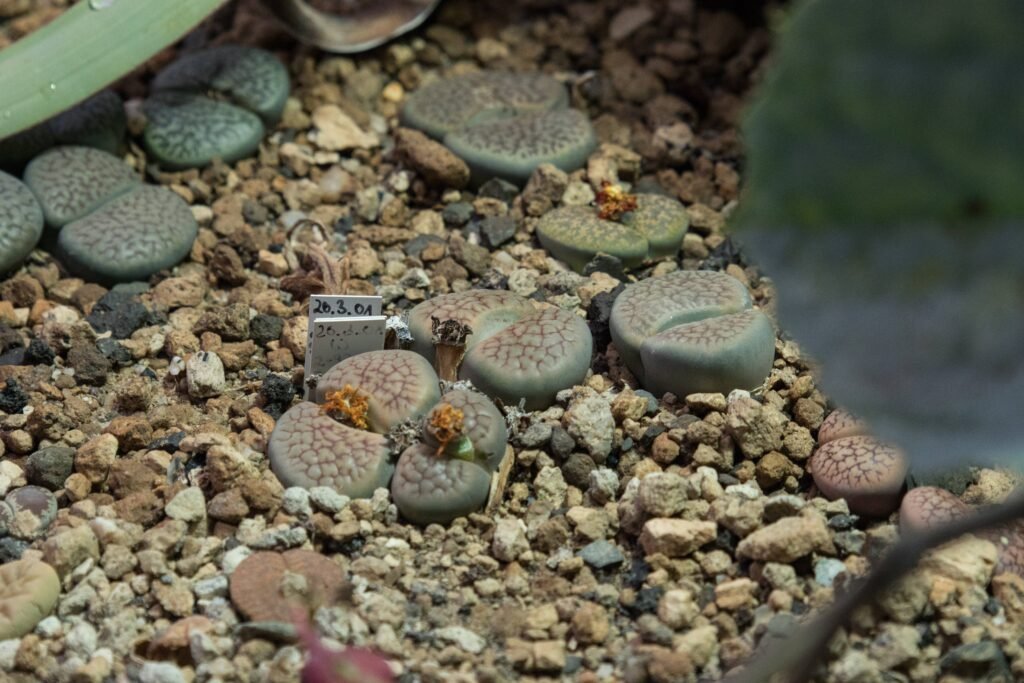Imagine stepping into a harsh, sun-pounded desert, where survival seems impossible for anything tender or green. Yet, nestled among the stones, a tiny plant sits unnoticed, perfectly disguised as just another pebble. This isn’t a scene from a fantasy novel—it’s the real-life world of Lithops, the plant that has mastered the ancient art of deception. It’s a trickster, a survivor, and a living lesson in the lengths nature will go to adapt. What can we learn from a plant that masquerades as a rock? The answer might surprise you, challenge your view of the natural world, and even make you smile at the cleverness of life itself.
The Master of Disguise: Meet the Lithops

Lithops, often called “living stones,” are strange and fascinating succulents from the deserts of southern Africa. At first glance, you might overlook them completely, mistaking them for pebbles scattered across the sand. Their bodies are split down the middle, forming two fleshy leaves that match the color, texture, and even the patterns of the rocks they grow among. This mimicry is no accident—it’s a life-saving adaptation. By blending in so perfectly, Lithops avoid being eaten by hungry herbivores. This plant’s camouflage is so convincing that even experienced botanists can have trouble spotting them in the wild.
A Harsh Home: The Desert’s Deadly Challenges
The deserts where Lithops live are some of the most unforgiving places on earth. Rain is rare and unpredictable, the sun is relentless, and the ground is a mosaic of stones and sand. For most plants, such an environment would mean certain death. But Lithops have turned the desert’s harshness into an ally. Their rock-like appearance helps them conserve precious water by reducing surface area exposed to the sun. It also keeps them safe from animals searching for something juicy to eat. In the desert, blending in is often the difference between life and death.
The Science of Camouflage: How Lithops Fool the Eye
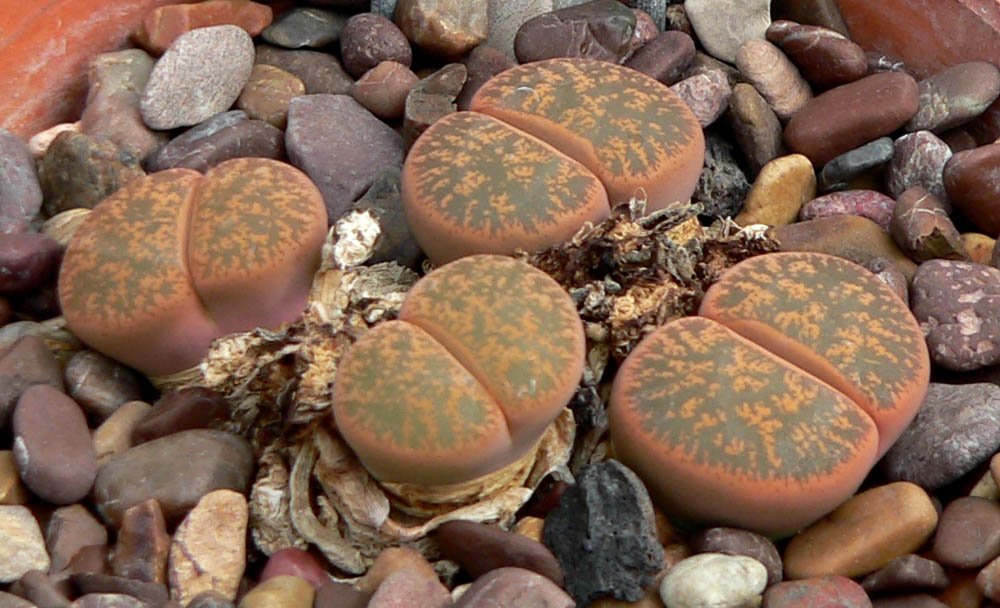
The secret behind Lithops’ incredible disguise lies in their structure and pigmentation. Their leaves are filled with pigments that match the colors of the surrounding stones—grays, browns, reds, and even greens. Some Lithops even develop spots and lines that mimic cracks and shadows on rocks. This is more than just luck; it’s the result of millions of years of natural selection, with each generation fine-tuning the art of mimicry. The upper surface of the plant is translucent, allowing sunlight to penetrate deep into the leaf, reducing the need for the plant to expose itself. In a way, Lithops are like nature’s own living invisibility cloaks.
The Evolutionary Arms Race: Outwitting Predators
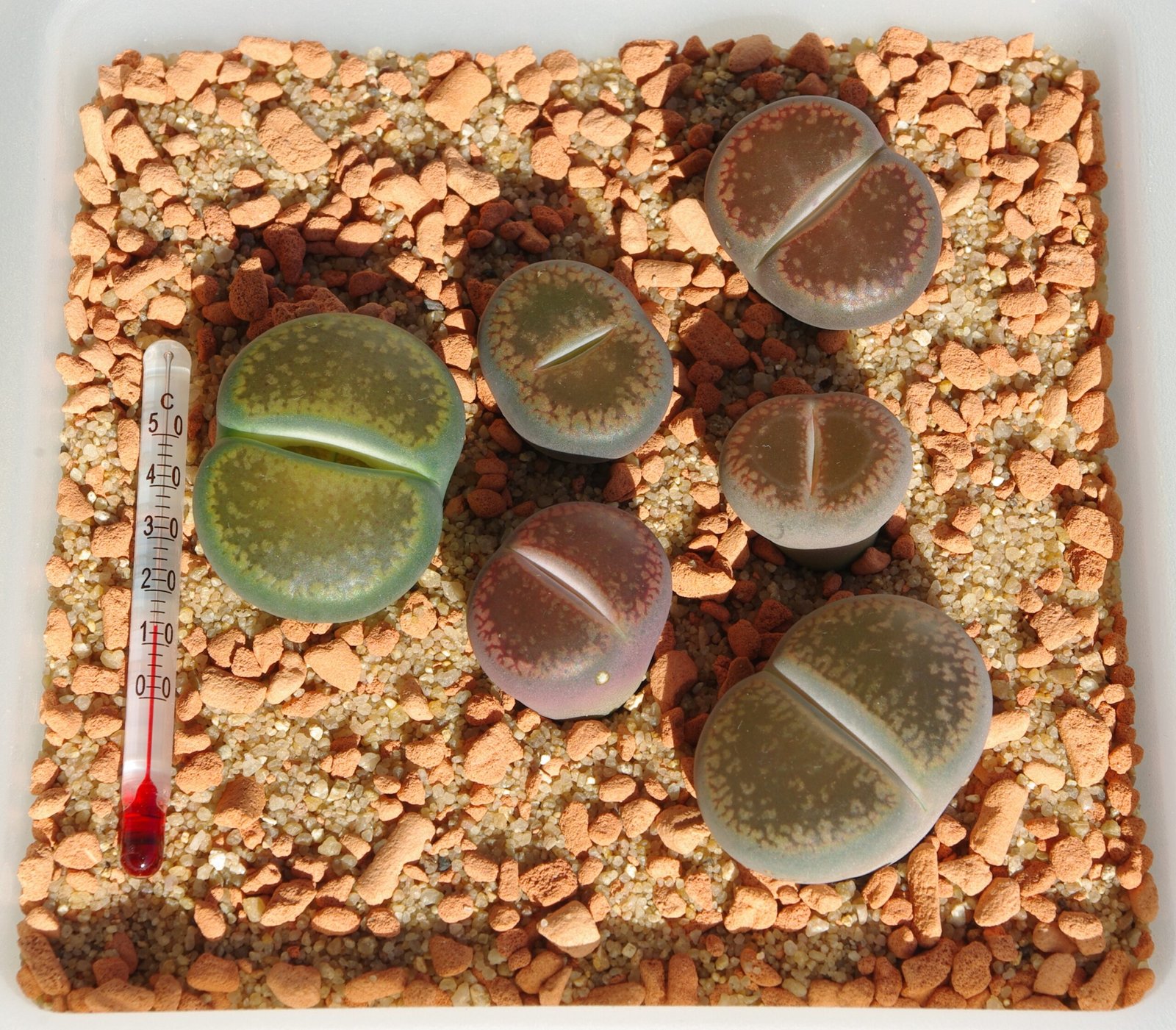
Why go to such lengths to look like a rock? The answer comes down to survival. In the wild, everything is a potential meal for something else. Grazing animals and insects are constantly searching for food. For plants like Lithops, being seen can mean being eaten. Over countless generations, only those that best resembled their stony surroundings survived to pass on their genes. It’s a classic case of evolutionary pressure: the better the disguise, the better the odds of survival. Lithops aren’t the only plants to use trickery, but their method is one of the most effective and convincing found in nature.
Water Wisps: Surviving the Driest Spells

Lithops are champions of water conservation. Their bodies are designed to store as much moisture as possible, swelling after rare desert rains. For most of the year, they remain dormant, barely growing. When water finally arrives, they soak it up and store it inside their thick, fleshy leaves. This slow-and-steady approach to life helps them survive years of drought. Their ability to “disappear” into the stones also reduces water loss by keeping them cooler and out of direct sunlight. It’s like having a built-in shade and water tank all in one.
Flowering in Secret: Lithops’ Hidden Beauty

Despite their unassuming appearance, Lithops have a surprise up their sleeve. Once a year, usually after a good rain, they burst into bloom with bright, daisy-like flowers. These blooms are often white or yellow and appear from the very center of the plant, pushing up between the leaf halves. The contrast is striking—a splash of color in a landscape of grays and browns. The flowers attract pollinators like bees and beetles, which are essential for the plant’s reproduction. Even in their moment of beauty, Lithops remain cautious, flowering quickly before retreating back into their disguise.
Lessons from Deception: The Value of Blending In
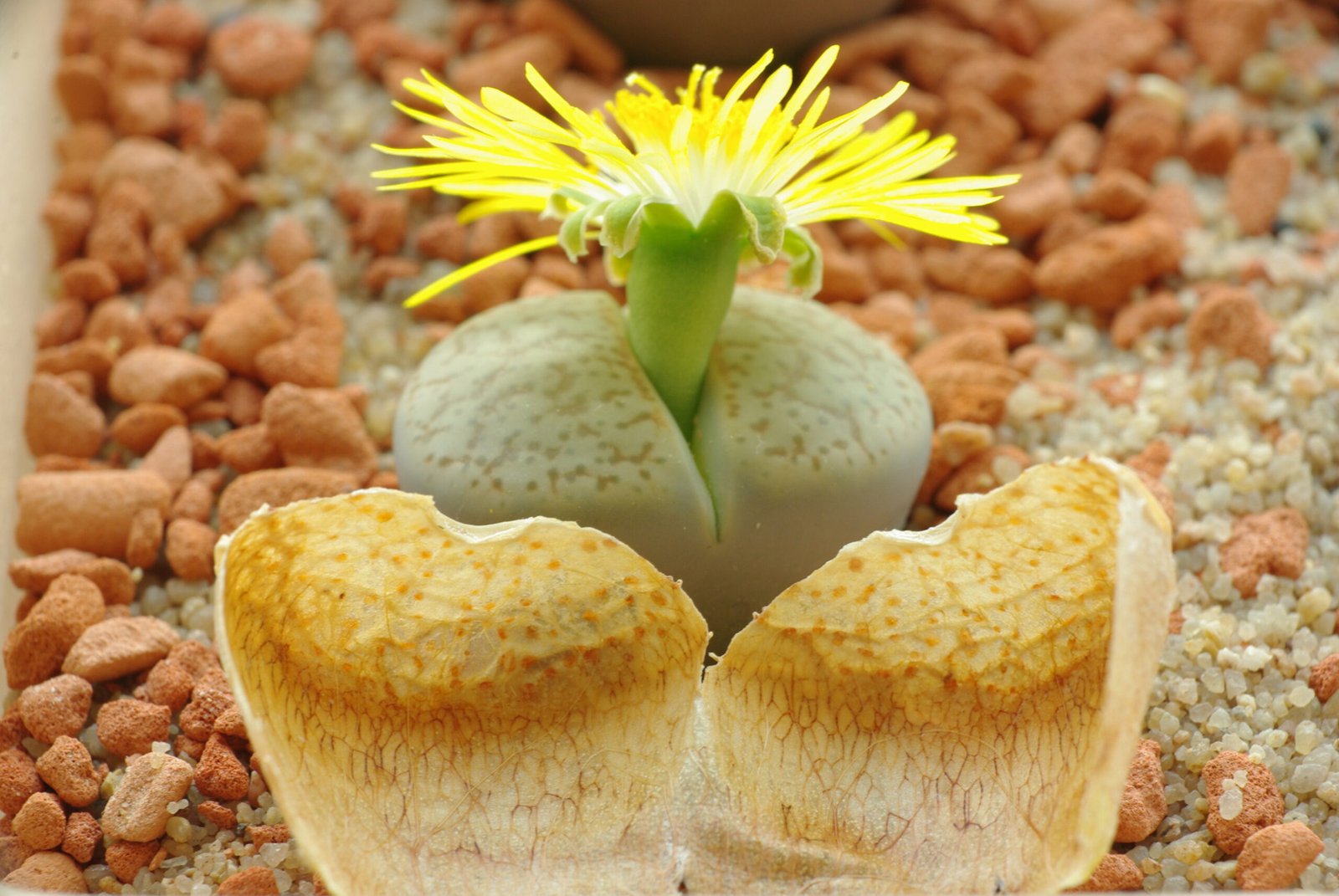
Lithops’ story is more than just a botanical curiosity. It speaks to the power of subtlety and the importance of blending in. In a world that often rewards standing out, Lithops remind us that sometimes, the best strategy is to go unnoticed. This lesson isn’t just for plants; animals, insects, and even humans can benefit from knowing when to hide and when to reveal themselves. Nature is full of creatures that survive by deception, and Lithops are a shining—or rather, hiding—example of this strategy.
Global Fascination: Lithops in Human Culture

People around the world have fallen in love with Lithops, not just for their survival skills but for their quirky charm. Gardeners prize them for their unusual appearance and low-maintenance care. Lithops have become a symbol of resilience, patience, and adaptation. In some cultures, they are considered good luck or a reminder that beauty can be found in the most unexpected places. Their popularity has even sparked a thriving trade in seeds and plants, with collectors seeking out rare and unusual varieties.
Copycats in Nature: Other Masters of Disguise

Lithops aren’t the only living things to use mimicry as a survival tactic. All across the animal and plant kingdoms, creatures have evolved remarkable disguises. Stick insects look like twigs, leaf-tailed geckos resemble dead leaves, and certain orchids mimic the appearance of female insects to attract pollinators. Even some fish have adapted to resemble rocks or sand. These examples show that deception isn’t limited to plants—it’s a universal strategy for survival. Each case is a fascinating glimpse into the endless creativity of evolution.
The Science of Seeing: How Predators Are Fooled
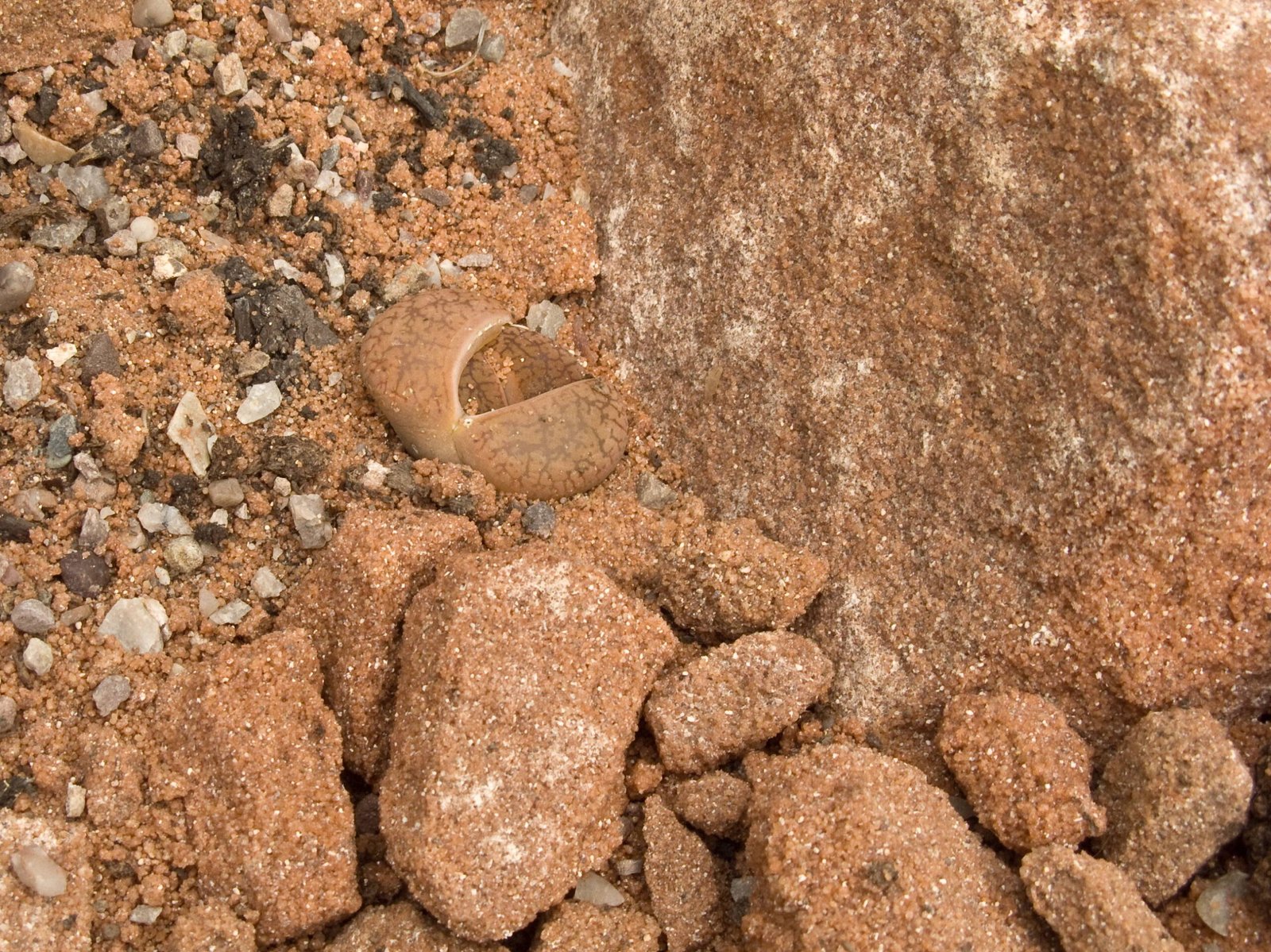
One of the most intriguing aspects of Lithops’ mimicry is how it interacts with the way animals see the world. Many herbivores have poor color vision and rely on shapes and movement to detect food. By matching the size, shape, and color of the surrounding stones, Lithops essentially become invisible to these animals. In some cases, even researchers have reported accidentally stepping on Lithops before realizing they were not rocks. This shows just how effective nature’s camouflage can be when honed over millennia.
Growing Lithops at Home: A Test of Patience
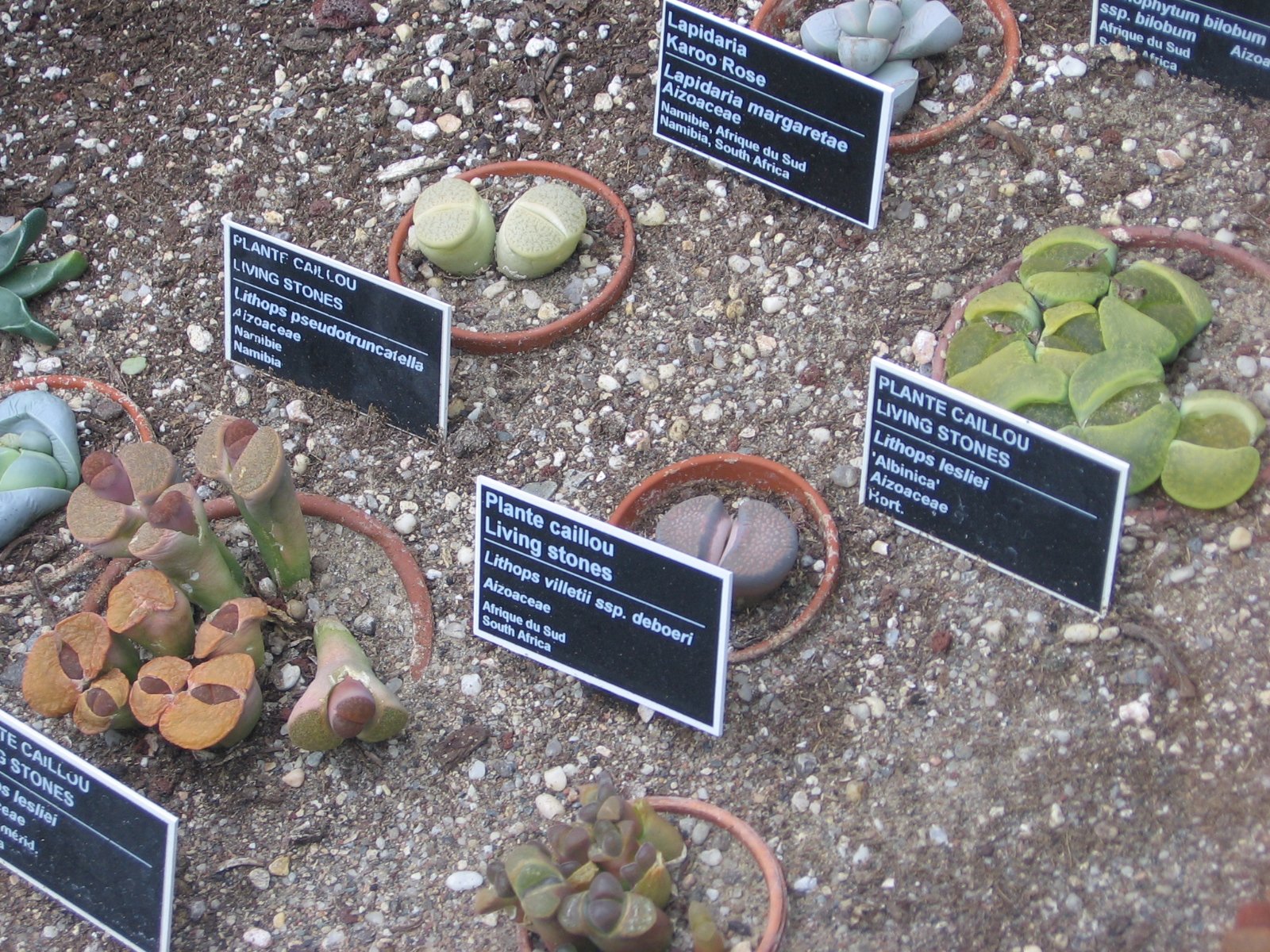
Lithops have become a favorite among succulent enthusiasts, but caring for them is not as easy as it might seem. Their slow growth and sensitivity to overwatering mean they require a gentle touch. Many beginners accidentally “love them to death” by watering them too often. Lithops prefer to be ignored, thriving in bright light and dry conditions. Watching a Lithops split open to reveal a new pair of leaves is a slow, mesmerizing process—almost like watching geology in action, one tiny crack at a time.
From Seed to Stone: The Life Cycle of Lithops
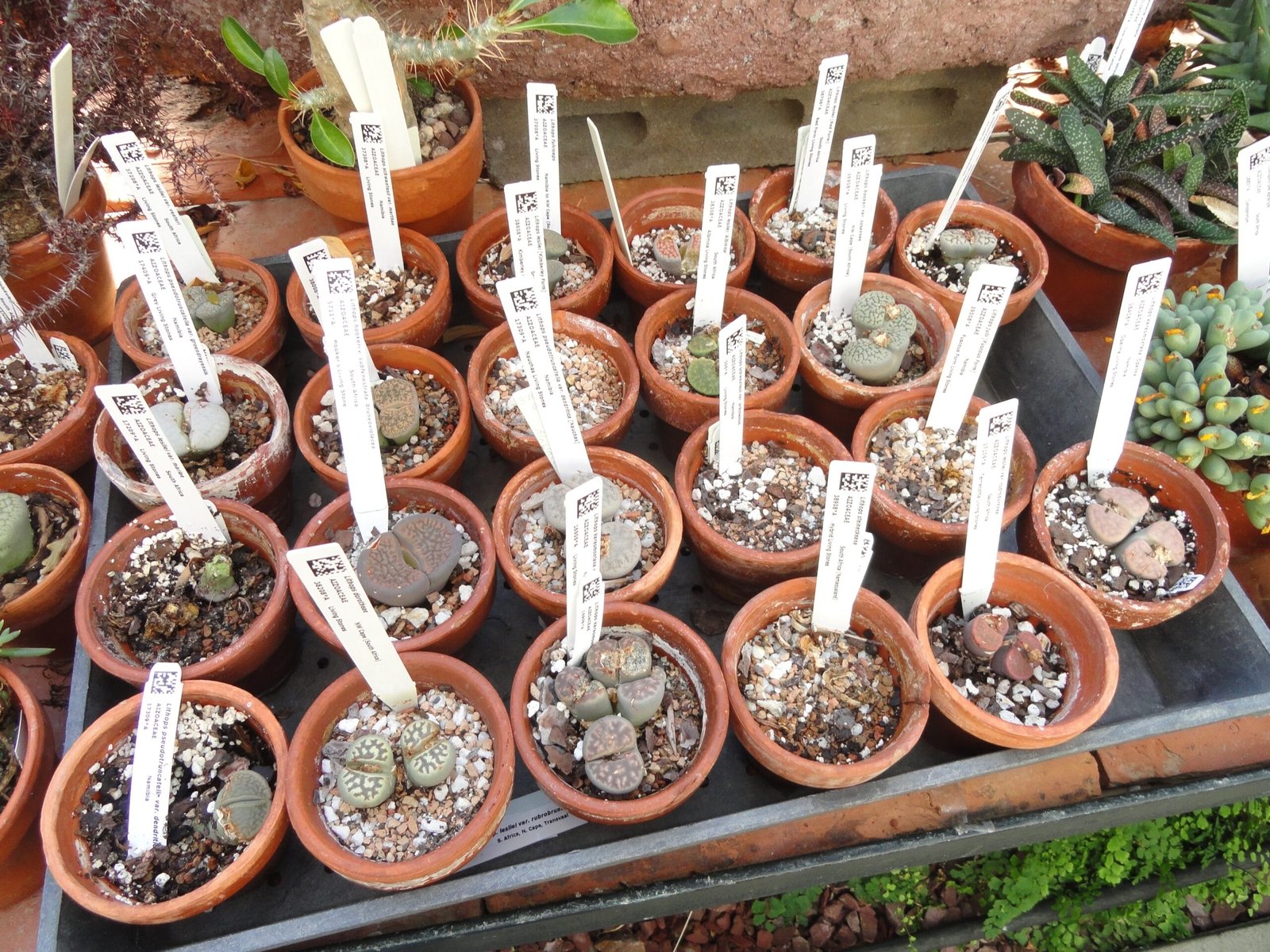
The journey of a Lithops begins as a tiny seed, barely visible to the naked eye. Once planted, the seedling emerges looking nothing like a stone, but over time, it develops the distinctive split-leaf appearance. Each year, the old leaves wither away and are replaced by new ones, a process that can take several months. Lithops can live for decades, with some specimens surviving over 50 years in the right conditions. Their slow, deliberate life cycle is a testament to patience and perseverance—a living metaphor for resilience.
Secrets Beneath the Surface: Lithops’ Hidden Roots
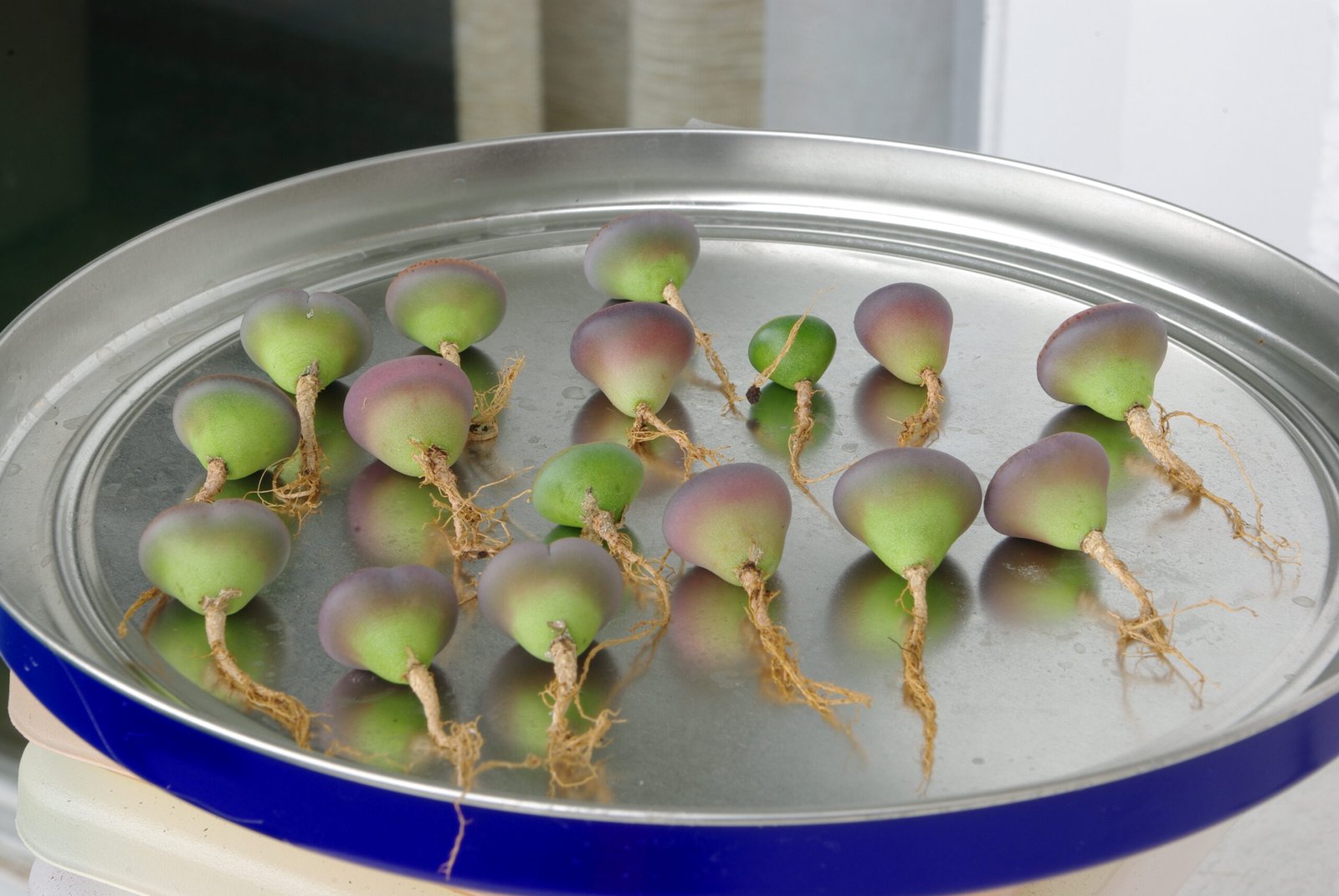
While the stone-like tops of Lithops get most of the attention, their root systems are just as important. Lithops have long, slender roots that reach deep into the soil, searching for any hint of moisture. These roots are incredibly efficient at absorbing water, allowing the plant to survive on the tiniest amounts. When the surface is dry, Lithops rely on these deep roots to sustain them. It’s a silent struggle that happens underground, hidden from view but crucial to the plant’s survival.
Deception in the Plant Kingdom: More Than Meets the Eye
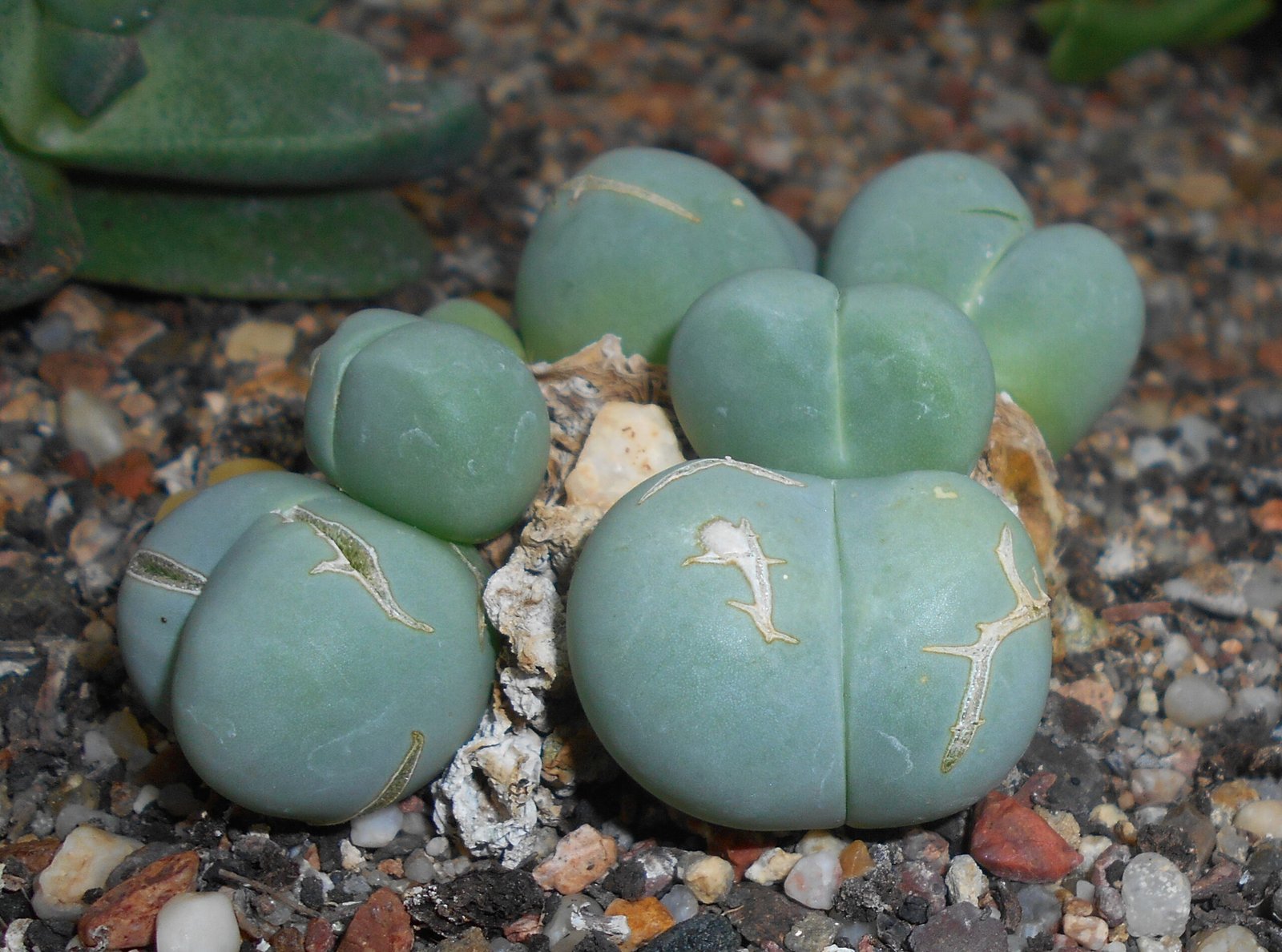
Lithops are part of a broader group of plants that use deception to survive. Some species of orchids mimic the scent and shape of female insects to lure pollinators. Others, like the corpse flower, emit the smell of rotting flesh to attract flies. These tricks might seem bizarre, but they’re effective solutions to the challenges of survival. Each deceptive strategy is a reminder that there’s always more going on in nature than we might first assume.
Why Deception? The Evolutionary Payoff

Deception isn’t just a clever trick; it’s an investment in survival. For Lithops, looking like a rock means fewer bites from animals, more time to store water, and a better chance of reproducing. Evolution rewards these strategies, passing them on to future generations. The payoff can be huge: entire populations can thrive in places where other plants would wither and die. In the grand game of life, sometimes the best move is to hide your true nature.
Climate Change and the Future of Lithops
With the world’s deserts changing rapidly due to climate change, the future of Lithops is uncertain. Rising temperatures, shifting rainfall patterns, and human encroachment all threaten their delicate balance. While their camouflage protects them from animals, it can’t shield them from habitat loss or extreme weather events. Conservationists are now working to protect these unique plants, hoping to preserve their habitats for generations to come. The fate of Lithops may depend on our ability to appreciate and protect the subtle wonders of the natural world.
Lessons for Humanity: Adapting Through Challenge

Lithops teach us that survival often means adapting, sometimes in ways that seem counterintuitive. In a world that celebrates boldness, their quiet persistence is a powerful reminder that there’s value in subtlety and patience. When faced with adversity, Lithops don’t resist—they blend in, conserve resources, and wait for the right moment to thrive. Their story is a metaphor for resilience and flexibility, qualities that are just as important for people as they are for plants.

